What if the phalaenopsis orchid does not bloom at home?
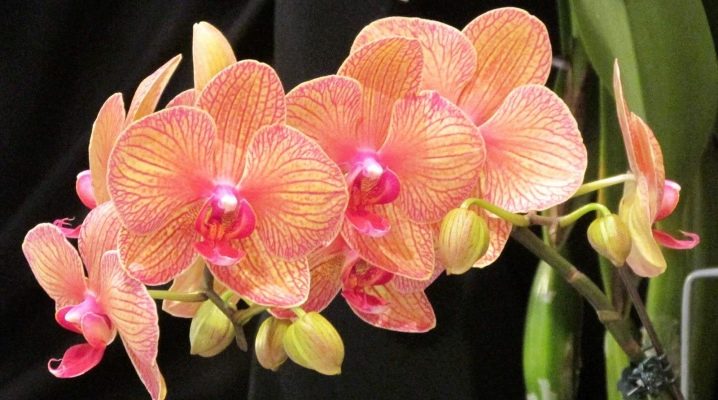
Phalaenopsis is a flower of incredible beauty that adorns the windowsills of many Russian houses and apartments, so every hostess wants the flowering to last much longer. However, it often happens that at home the plant stops blooming. This is undoubtedly a reason to be wary. It is very important to determine the reason for this in a timely manner and make every effort so that the phalaenopsis again and again pleases with its luxurious flowers.
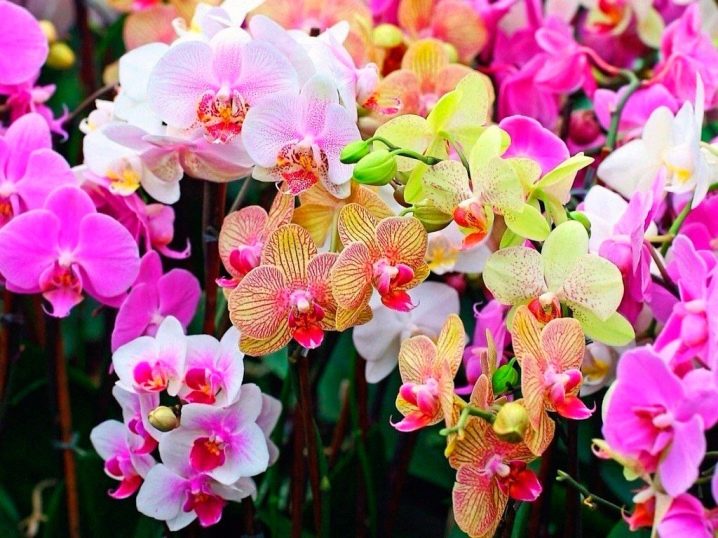
Flowering features
Let's make a reservation right away - there is no exact answer to the question of exactly when the phalaenopsis should bloom, it depends not only on the peculiarities of caring for the orchid, but also on external environmental factors. This orchid blooms for about 3 months, but some housewives manage to extend this period to 5 or even 7-8 months, after which the flower goes into a state of rest and gains strength. After the purchase, the plant needs some time to gradually get used to its new conditions of existence, since changing the habitat is quite a stress for any flower - the lighting changes, as well as the temperature regime, the characteristics of the substrate. Thus, the orchid has to completely rebuild the work of all its tissues and cells.
Do not forget that during transportation microtraumas of leaves and air roots often occur, it is possible that the adverse effect of temperature changes is also possible, so the plant begins to "hurt". During this period, it is extremely important to create external conditions for your green pet as close as possible to natural ones, and give some time to adapt. Roughly, this period takes 8-12 months, if after a year new flower stalks have not appeared, therefore, the development has gone wrong, urgent measures are required to stimulate flowering.
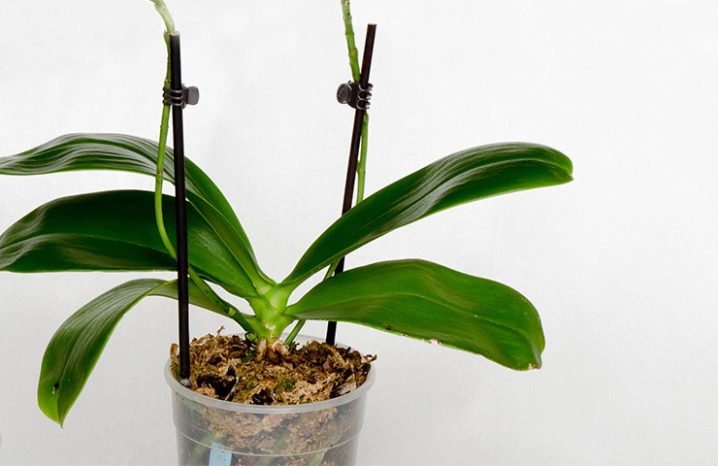
With proper care, the rest period can be shortened, and in the future it is really possible to achieve year-round flowering - for this, the phalaenopsis must receive the required amount of water, nutrients and light.
Why are there no buds?
Let us dwell in more detail on the factors that can lead to a delay or complete absence of orchid flowering. So, the reasons that do not allow Phalaenopsis to release buds include:
- violation of watering - excessive moisture or, conversely, a lack of moisture;
- the acquisition of a plant at the very end of the flowering period;
- increased air temperature in the room;
- excess salts in the soil;
- incorrectly selected nutrients.
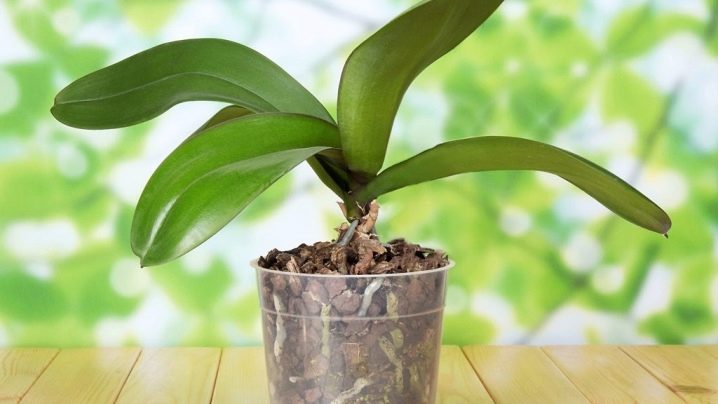
Features of stimulation
Diseases
Orchid does not give color in some diseases, the most common problems are:
- bacterial spot - in this case, brown-brown spots are formed on the leaves of the plant;
- sooty mushrooms - appear in the form of dark gray and black bloom on the green parts;
- powdery mildew - accompanied by the formation of white bloom on green leaves and young stems;
- putrefaction Is a dangerous disease in which the roots and foliage of flowers begin to rot.
If you find any of these problems, you should remove all damaged parts of the plant, after which you need to apply a remedy designed to treat a particular ailment.
It is best to transplant the diseased plant into new soil. After the recovery of phalaenopsis, you can wait for flowering no earlier than six months later.

Pests
Orchid pests most often settle in the leaves and the ground, they have a detrimental effect not only on the frequency and duration of flowering, but also on the state of phalaenopsis as a whole. It is not difficult to identify the pest:
- after the purchase, you can put the pot in a bowl of water - all the pests quickly crawl out;
- after purchase, you should carefully examine all green parts of the plant, buds and roots - if you notice silver paths, spots, dark bumps, cobwebs or sticky areas, then your plant is infected.
In this situation, the following measures must be taken:
- to begin with, wash all the leaves and stems with a solution of laundry soap;
- spray the ground, roots and stems with a solution of a broad-spectrum fungicide;
- after 7-10 days, the treatment should be repeated.
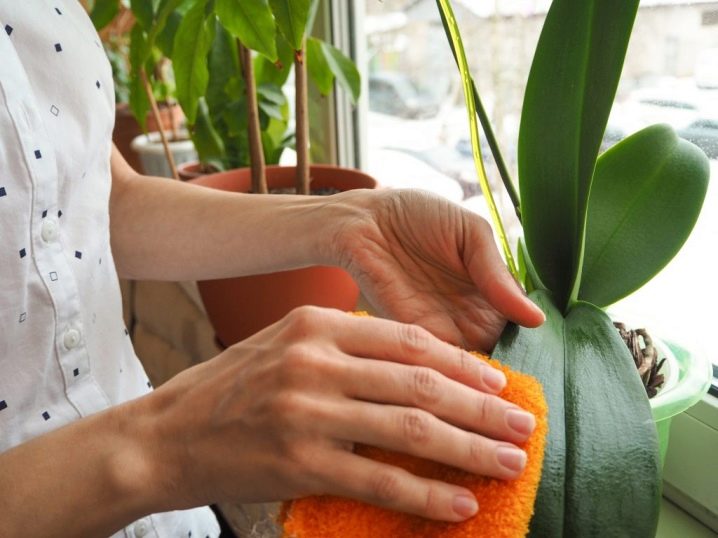
If the plant is not painful and not affected by pests, then you can resort to stimulating flowering, it is not difficult to do this.
Artificial drought
This is a fairly effective method that stimulates the onset of orchid flowering at any time of the year at a consistently stable air temperature in the room, not exceeding 30 degrees. The awakening process using this tactic typically takes 1 to 2 months. To begin with, it is necessary to increase the interval between watering the plant, and this must be done abruptly - you should wait until the earth and roots are completely dry, wait another 5-7 days and only then repeat the irrigation.
There is also an easier option - just to increase the time interval between waterings by 2 times. At this time, you should not spray the leaves, as this can negate absolutely all stimulation efforts. In addition, fertilization should be abandoned at this time.

Temperature difference
This stimulation option is suitable for most phalaenopsis varieties. In accordance with this technique, in the spring, when the temperature at night is set at around 15-18 degrees, the plant should be placed on the balcony or as close to the open window as possible. Thus, the plant will stay warm during the day and cool at night. As a result, the flower has the vitality necessary for the growth of leaves, strengthening the root system and ejection of flower stalks. This procedure should be done for about 2 weeks.
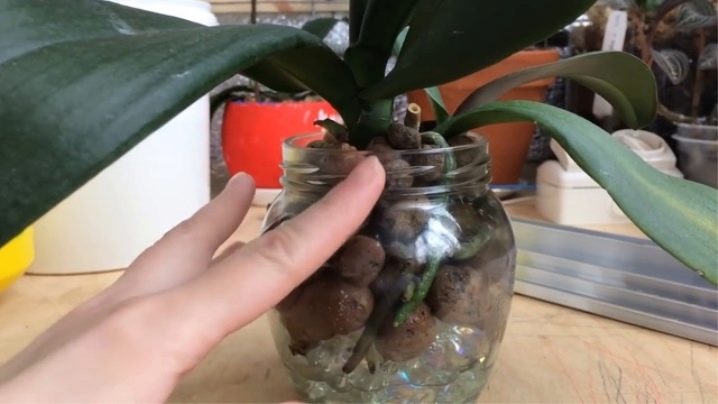
The temperature drop method can be applied in the fall, but it is in the spring that maximum results can be achieved.
Chemical stimulation
If all the methods described have not had any effect, then you can resort to chemical stimulation so that the orchid blooms. For this, succinic acid is used, which contributes to the overall health of the plant, and in case of an overdose does not cause any harm to it. The nutrient solution is made up at the rate of 1 tablet per 500 ml of water, the plant is completely sprayed abundantly, and the rest is poured into the ground. As a rule, after such treatment, the orchid begins to release young leaves and roots, and soon blooms.
This drug is indispensable for phalaenopsis, it allows them to quickly adapt to new conditions, reduces stress levels and makes the flower addictive to the environment. Some growers note the positive effect of using cytokinic acid - this method of influencing dormant buds is considered one of the most powerful and allows not only to make the plant wake up, but also to grow a new strong peduncle, abundantly covered with buds.
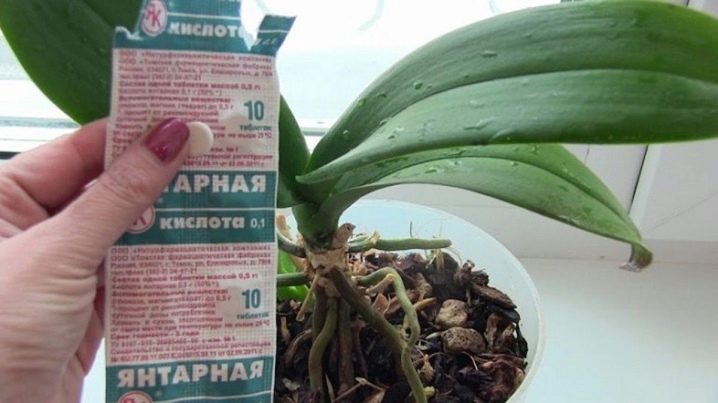
Care
Keep in mind that if the plant is not properly cared for, the stimulation will have no effect. A healthy plant blooms regularly and continuously only if the following conditions are met.
- Providing a temperature regime from 16-18 degrees at night to 20-24 degrees in the daytime.
- The plant cannot be moved - it hardly gets used to the direction of the lighting, so the place for the orchid should be prepared in advance and left there for permanent residence. Any change in illumination has the most negative effect on the orchid, in this case the plant has to rebuild the structure of the cells and direct all efforts to prepare the previously dimly illuminated green parts of the flower for photosynthesis. As a result, the orchid has too little strength and resources necessary for flowering, so discarding the buds is postponed "for later." If you turn and move the pot constantly, you don't have to wait for this joyful event at all.
- It is optimal to choose southern and eastern windows - in this case, the amount of light received by the plant will be greater.
- In the autumn-winter time, phalaenopsis needs additional lighting, while the lamps should be directed to the top of the peduncle. Experts recommend using economical LED phytolamps, which provide orchid tissues and cells with blue and red light. This color is considered optimal for photosynthesis.
- You should choose plastic flower pots. Phalaenopsis is a unique representative of the flora, which has branched aerial roots. Such processes tend to absorb moisture directly from the air, despite their thickened structure. It is noteworthy that these roots, like the leaves with stems, participate in photosynthesis, which is why transparent pots are recommended for growing orchids. Today, you can find a variety of original shades on sale, and you can achieve greater illumination by using aqua soil - such conditions are exactly what a flower needs to form buds and maintain abundant flowering.
- To achieve abundant flowering, the plant is fertilized with specialized preparations, which include calcium and phosphorus.
- The watering regime should be moderate - excess moisture deprives the flower of the ability to often throw out the buds.
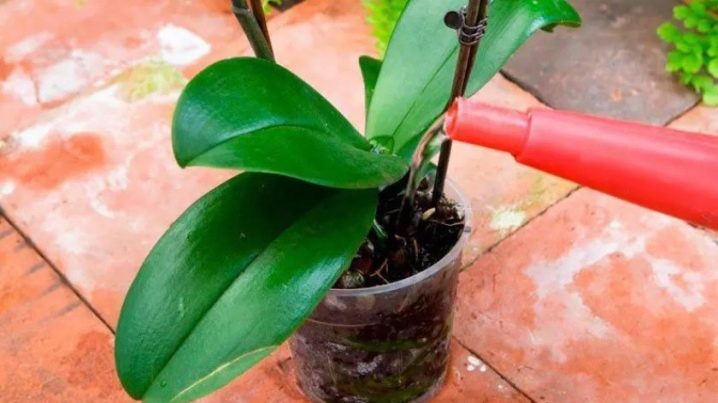



























The comment was sent successfully.